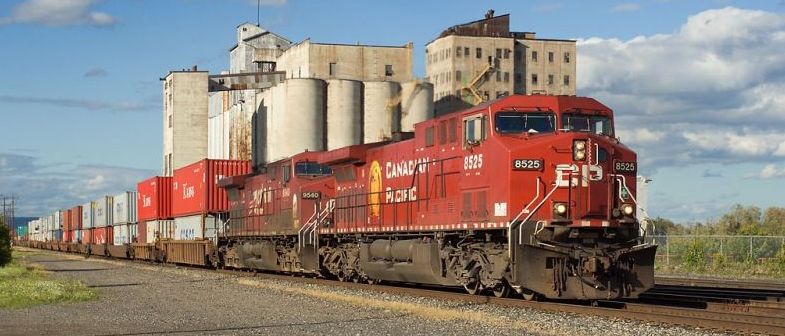
Train Addiction Help Line: 1.866.840.7777
Mar 29, 2019 - N Scale
Micro-Trains - PWRS Exclusive - Nice & Filthy Series - Canadian Pacific Script 40 ft Boxcar (Update)

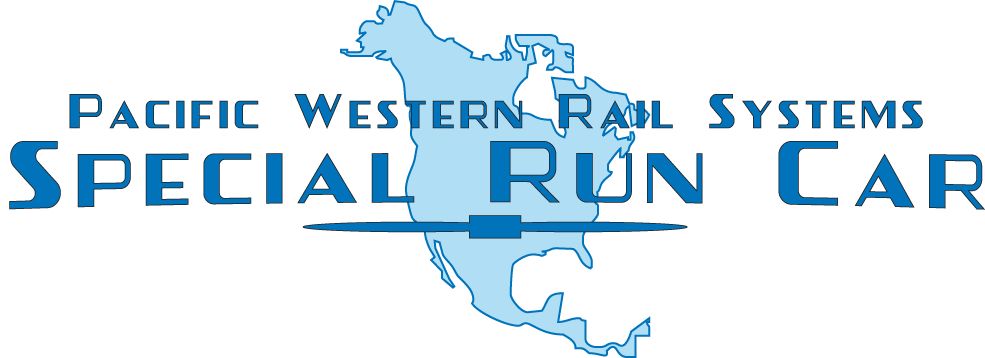

Dear N Scale Customers:
Micro Trains is geting ready to ship us our special run of 40 CPR Script Boxcars. They just sent us photo's. Enjoy. Remember we are doing a number of CPR / CNR / ONR / TH&B cars that fit the 1960-70 time period and they are all filthy and weather beaten.
The cars should be here next week.
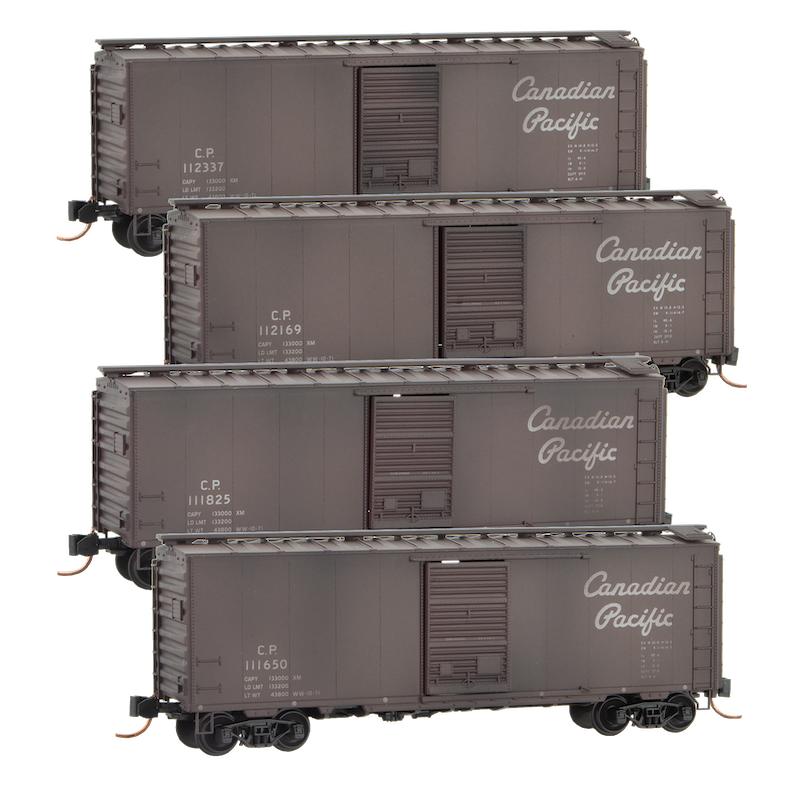
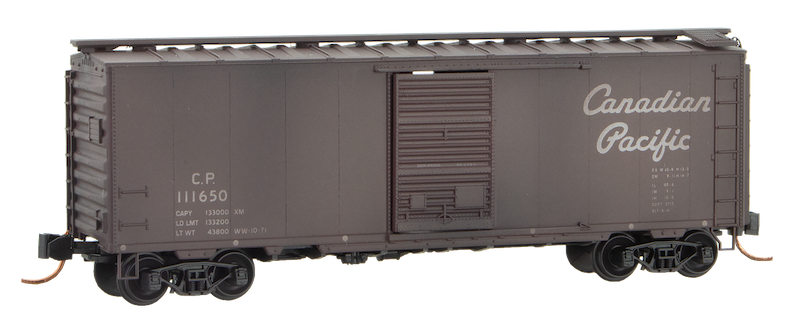
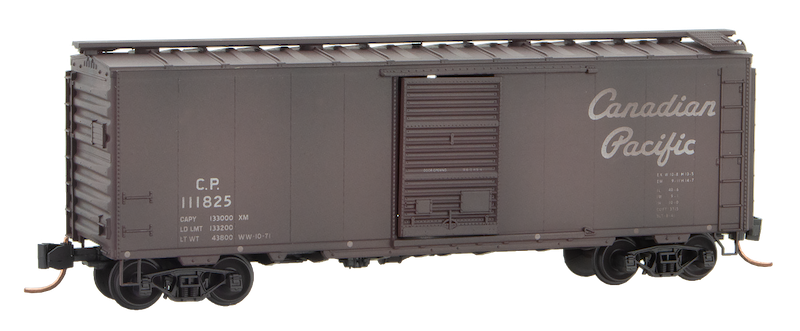
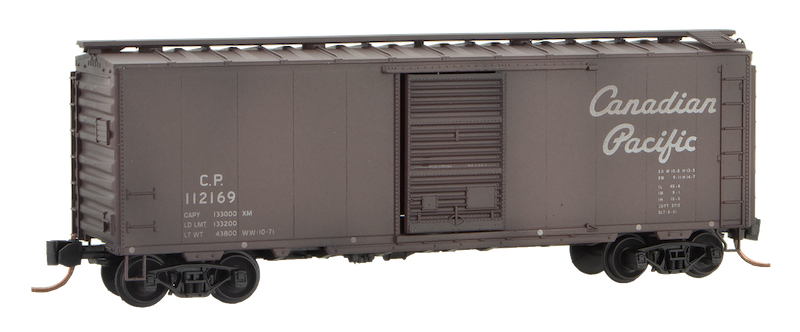
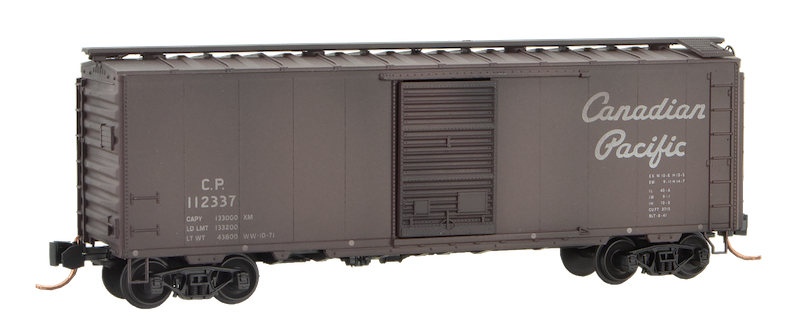
PWRS Exclusive Micro-Trains - Nice & Filthy Series
Canadian Pacific (CP) 4-pack
40 ft Single Door Standard Box Car
Pacific Western Rail Systems is pleased to announce our PWRS Exclusive Micro-Trains N Scale Canadian Pacific (CP) 4-Pack. With Script lettering, this is a perfect speciment of the 1950s to 1960s box car in the "Nice and Filthy" Series. It truly looks good, as old as it is, and only lightly weathered so it looks as if it is still in active service.
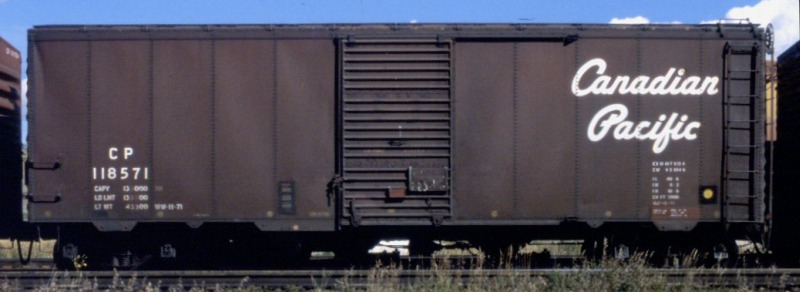
These cars are painted boxcar brown, with white Script lettering and will have light to moderate weathering. All four road numbers will be prototypical.
As with all PWRS Exclusive Micro-Trains products, these are limited run products that will never be produced again.
* * * * *
Railroad boxcars are perhaps not only the best-recognized pieces of equipment ever put into service but also one of the most identifiable symbols of the industry itself. It has a history tracing back to the earliest years when railroads realized that some freight and lading needed at least a little protection from the outside elements and Mother Nature. They have been around since the 1830s, and the height of 40-foot boxcars was in 1942, when the overall fleet peaked at 754,322.
What made boxcars great, at least in the eyes of the railroads, was their ability to haul about anything! Railroads thrive on redundancy to maximize efficiency which was the reason they loved the boxcar so much. For many years the boxcar carried everything from automobiles and paper, to car parts and fresh produce; literally almost anything that would practically fit into the car’s empty, open spaces. The car's development continued to improve over the years – such as switching from basic wood construction with steel outside-bracing to all-steel designs (which were much stronger and capable of hauling heavier loads), even within the same size specifications; 40 feet, a standard size employed by the American Association of Railroads (AAR) although the initial standardization methods came about from the United States Railroad Association during WWI. The first standard, all-steel design entered service in 1932 thanks to the recommendations of the American Railway Association, predecessor to the present-day AAR.
While the 40-footer was a standard design it did come in different setups depending on the type of freight being transported. Double-doors became practical for large/wide loads, end-doors useful for very large lading such as automobiles, and interior tie-down equipment was helpful in keeping sensitive products from being damaged in-transit. Technology for new boxcars with upgraded suspension systems further improved the ride-quality and reduced the chance of damaging freight. The 50-foot boxcar made its first appearance in the 1930s and steadily grew in popularity over the years, which further improved redundancies by allowing for even more space within a given car. Today, the 50-footer remains the common boxcar size.
Over time railroads realized, largely through complaints by shippers, that more specialized cars were needed to haul unique types of freight. This issue led to the development of the well car, autorack, refrigerator car, and several other specific designs. Boxcars, however, still have their place in today's industry especially in carrying bulky items such as autoparts. Of the freight cars running today in North America, covered hoppers rule the day with almost 400,000. Tank cars make up about 300,000 (and are growing fast due to the crude oil boom). Gondolas come in third at about 200,000. Of the 90,000 or so boxcars, fewer than eighteen 40-foot boxcars are still around, and only one has turned a wheel lately, far out of sight, and out of mind, the last of its kind.
Reservations Due By: September 30, 2018
Expected March 2018




